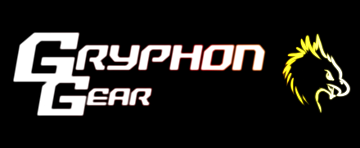Re: Homologation 1984 Group Automation [SUBMISSIONS]
Armada's 1978 Feltram was met with mixed success. Lacking the sharp-toothed bite of its predecessor, the Talon, it wasn't a cult hit for the most hardcore of wannabe drivers. And it was rather priced and pitched a bit lower than the class it was aiming for. It also made some questionable engineering choices, like mating a carburetted DOHC turbo i6 (the design of which was carried over from the Talon) to a 3 speed automatic. But it was economical, comfortable enough, inexpensive, and had enough rev and go to keep the Armada faithful happy. Armada would survive for the time being, if barely.
Six years later, and rally is well in its heyday. Rallycross, too, is growing steadily in England and Europe, though it always cultivates a smaller following of fringe enthusiasts. Armada's Feltram is becoming dated and the auto transmission is an increasing regret that management of the small British factory are increasingly keen to leave behind. It's compact sports or bust! And this is where the Feltram's final iteration, the EVO RC came in: the RallyCross edition for those who wanted a car that could drive comfortably, but drive hard be it on and off the road, and look the part.
However, with barely enough money to engineer anything new, they made the bravest move yet: use a small displacement carburetted V8 for their next powerplant. Inspired by a certain 308's Tipo, this one had a crucial difference, the introduction of DOHC. With an aggressive tune, this powerplant would prove to be the most powerful Armada engine yet, pushing out a whopping 289hp at a stratospheric 7800rpm.
In fact, most of the development and production money went into the engine. The rest of it went into the transmission, an improved 5 speed stick shift... with a manual locking diff. For wannabe rallycross drivers, the Armada's drivetrain proved to have potential, but was an absolute beast to tap into, requiring the driver to fully anticipate the precise moment of need to lock the diff so as not to blow the housing or warp the driveshaft. For those that could, this was a car that provided ludicrous speed for a family car both on the road and in light applications on unsealed surfaces. And it came with a nice 8 track with radio and spiffing safety to boot. It was no coincidence that the EVO RC was released around the same time as the Audi Quattro hit Group B Rally, and, importantly, the Pikes Peak Hillclimb, though the Quattro boasted the newfangled AWD. What would a competition version of the EVO RC bring?









